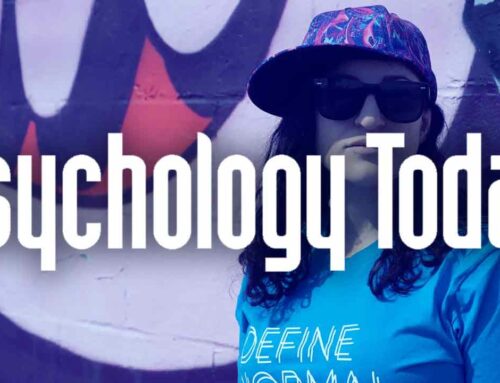Creating the Ideal Learning Environment for a Number of Mental Health Conditions
Mental health conditions do not define someone’s ability to learn, but they can make it more challenging for students to thrive in a traditional learning environment. To ensure that students of all ages have access to the resources they need to succeed, it’s important to adapt the environment to the learner, as much as possible.
Instead of expecting students to succeed without support in an environment that does not serve their learning needs, educators need to provide flexibility and understanding. Here are some ways to create an ideal learning environment for students with a number of different mental health conditions.
Make the Classroom a Welcoming Place
One of the most important ways educators can help create an ideal learning environment is to make the classroom a welcoming place for students and to ensure that those who have mental health conditions are treated with respect.
Creating a positive school culture can feel daunting. However, it’s important for educators to emphasize kindness and respect for all and help students develop the skills needed to encourage and understand their classmates. Being open about mental health and destigmatizing mental illness is critical to helping all students feel comfortable and welcome.
Be Flexible
Teachers can help students learn by being flexible and adjusting their expectations for different students. Just because a student is unable to speak in front of the class, for example, doesn’t mean that they aren’t learning. A teacher might allow this type of student to record a presentation in private, for example.
Being flexible and making accommodations, as long as they don’t affect other students’ learning, is something that can make the learning environment much more comfortable for students with mental health conditions. Changing expectations as needed from student to student can help the entire classroom succeed.
Give Students Processing Opportunities & Breaks
Many students with mental health conditions struggle in the traditional classroom because they are expected to sit still all day, with few breaks and no opportunities to process their emotions. Educators can help all students learn by building small breaks into the day and providing moments of mindfulness.
Some students need opportunities to process their feelings, as well. Teachers can encourage students to journal when they need to or even lead the class in journaling. This can help students who are struggling with their mood or emotions to process their feelings before they try to get back to learning.
Consider Different Evaluation Options
Evaluating student learning is an important part of the educational process. However, students with mental health conditions often struggle with standardized testing and other traditional forms of evaluation.
One way to really determine students’ progress is to provide accommodations for testing or to consider using a different method of evaluation. Giving students extra time, access to memory aids, or a more private space to complete their tests can help them relax enough to showcase their understanding and knowledge.
Evaluation should always be for the student’s benefit. It should be designed to see where students currently are for the purpose of planning future learning.
Lobby for Resources
In many situations, creating an ideal learning environment requires buy-in from school leadership. Ethical leaders in education will help ensure that students with mental health conditions have every opportunity to succeed by providing resources and support for educators, students, and parents. Teachers can help by lobbying for these resources with the educational leadership in their districts.
Remember to Meet the Needs of the Individual Learner
Having strategies you can use to teach students with mental health conditions is important, but never forget to consider the individual learner. Each person is unique, and their needs from a learning perspective will vary.
As you work with people who are dealing with different mental health conditions, you’ll start to learn how to identify the strategies that will work best for individual students. Over time, it should get easier and easier to quickly see what type of approach will work best for different types of students.





